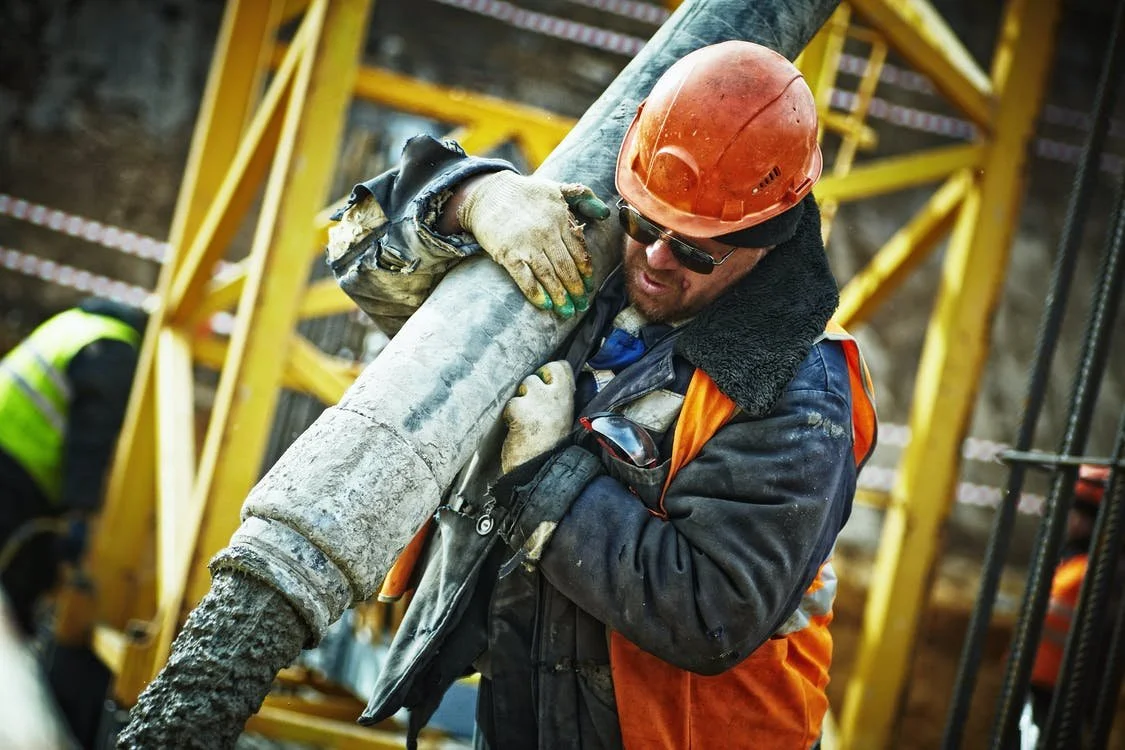https://www.pexels.com/photo/man-carrying-gray-pipe-585419/
Health and safety practices that reduce accidents on worksites are always a hot topic in the construction industry. When accidents occur on sites, they are severe threats to workers. Businesses and construction companies also have their fair share of accidents on worksites. They could incur significant losses or end up battling a lawsuit. Construction hazards often occur because companies do not have safety measures in place. In some cases, safety practices are inefficient, and there is also a lack of equipment to ensure safety.
No amount is too much to spend on protecting your workers from life-shattering accidents. Setting up safety practices on construction sites is a corporate responsibility every company should adopt. When workers die or have injuries on a worksite, it can land companies into trouble. Even the most prominent companies suffer losses and setbacks from such occurrences. These include profit loss, investors pulling out from the company, lawsuits, fines, insurance claims, etc. The good news is there are ways to avoid all these troubles. The appropriate equipment and safety practices will keep workers safe on your site.
1. Plan For Safety
Planning is the foundation for any project or practice a company wants to adopt. This is what gives the template for the safety practices workers should follow. When setting up a construction worksite, planning for safety should be the fundamental thing. An adequate plan will give a clear picture of safety tools to purchase, such as a fire suppression system, hard hats, and others.
2. Develop Safety Protocols
https://www.pexels.com/photo/man-standing-in-front-of-gray-metal-machine-part-2965258/
Planning is incomplete if there are no safety protocols in place. Create a step-by-step safety guide for employees to follow. This guide must include the best practices permissible. It may include using a concrete densifier on slabs, avoiding hazardous items onsite, etc.
3. Buy Safety Equipment
Your safety plan should not be all talk with no action. Purchasing the necessary health and safety gear for employees is necessary. Ensure your workers wear personal protection equipment before going to a worksite. Some essential safety equipment that should be available on worksites are;
Protective clothing or vests
Protective hard hats
Hearing protection
Eye protection gear such as sunglasses
Steel-toed boots (safety shoes)
Safety gloves
Safety belts and harnesses.
4. Awareness And Training
It is not enough to buy safety equipment for workers. You should give them hands-on training on using them. Creating awareness of the importance of safety protocols is also important. Through training, you can instill a culture of safe work practices. It would be to reinforce why they are necessary for preventing hazards on worksites.
Do not forget to teach your workers how to maintain safety equipment in your training. The training also includes teaching workers different constrictions. For instance, installing materials such as below-grade insulation, appropriate flooring, and concrete pavers need proper training.
5. Documentations
https://www.pexels.com/search/personal%20protection%20equipment%20on%20construction%20sites/
Many site workers do not like wearing protective gear. This is why documentation is important. Mandate them to register when entering and exiting from a worksite, with their gear on them. Workers who do not follow safety protocols should not gain access to the construction premises.
6. Onsite Inspections And Supervision
Hiring a safety manager is the best way to handle the onsite inspection of workers. If you do not have a budget for this personnel, assign one of your senior employees to take up the role. Site inspections are essential for keeping workers on their toes while on site. It also ensures compliance with the best safety practices.
7. Warning Signs And Fall Protection
Signages are important on worksites. They point out hazardous spots so that workers can avoid them. Have clear signages and instructions around a worksite and map out dangerous spots. Fall protection is also important on worksites. It will protect serious injuries from happening when workers fall.
Bottomline
The above safety guideline will help prevent and reduce accidents on worksites. It will guarantee workers' safety which is paramount to the growth of a company.
Max Shafer is a contributor to the Innovative Building Materials blog. He is a content writer for the construction and home improvement industries with an interest in landscaping, outdoor remodeling, and interior design. Max is focused on educating homeowners, contractors, and architects on innovative materials and methods of construction that increase property value, improve sustainability, and create a warm and welcoming ambiance.



